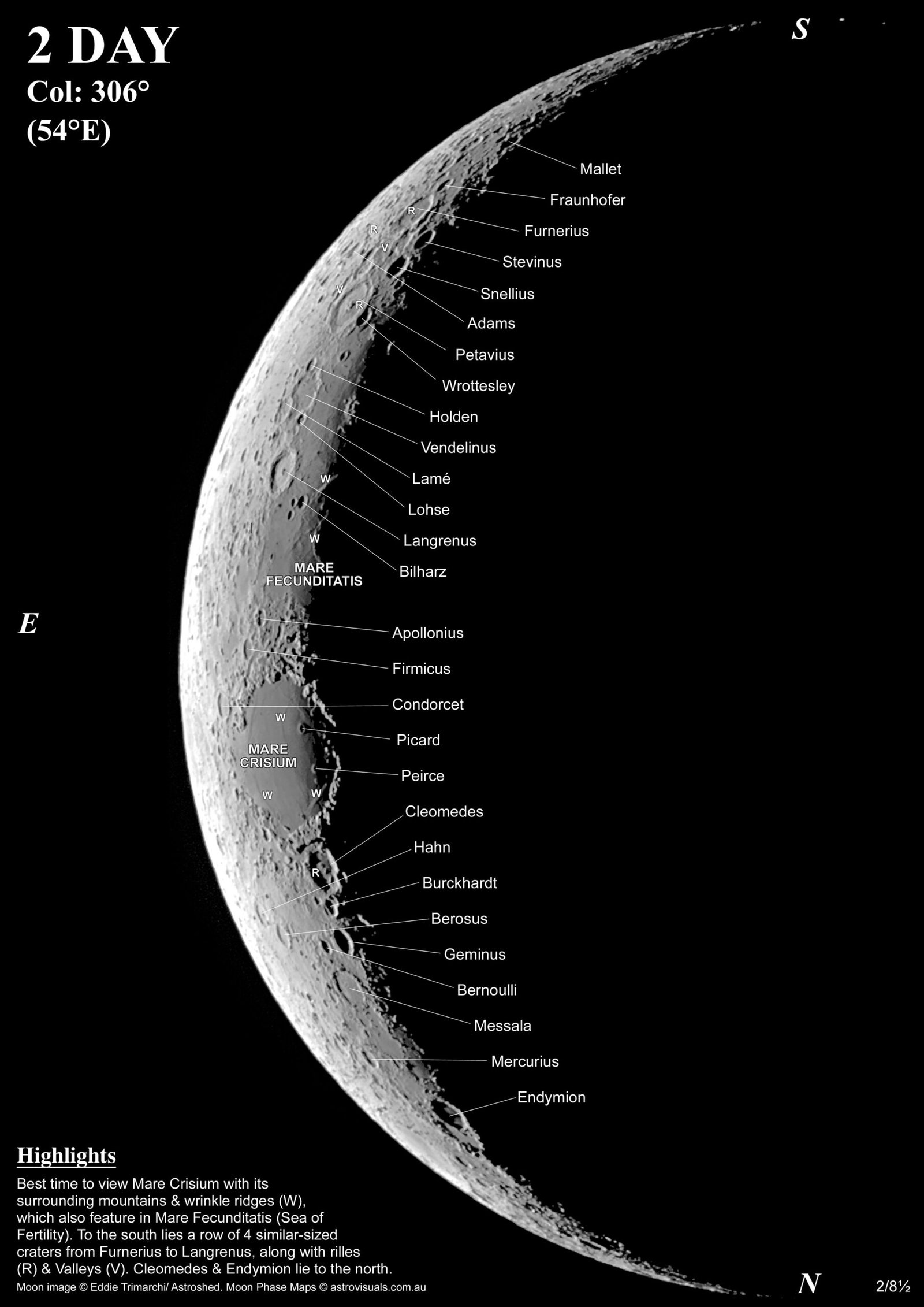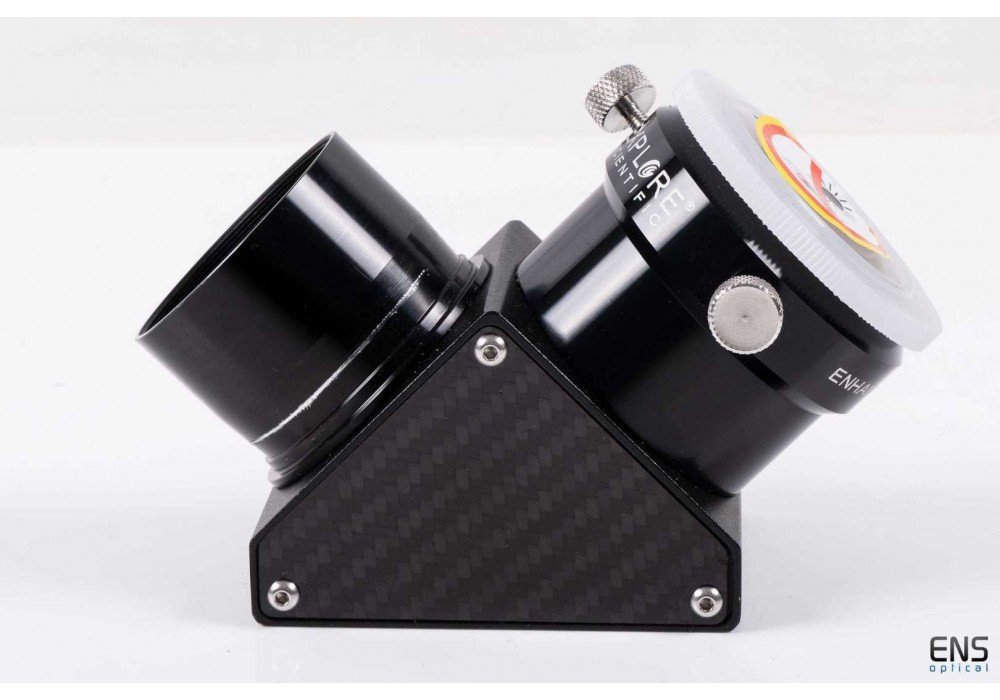
Binocular View
NORTH

SOUTH
o
- Binoculars are suitable for viewing the Moon.
o - Especially if you wish to see the full lunar disc and want a quick view, with minimal set-up time.
o - How much magnification do I need to the Moon?
o
50x magnification will let you see the whole moon, while you can use 150x magnification to get in closer and reveal more details.
o - My person view is that you might should use a 15 x 70 Oregon Observation binoculars are excellent value for money for the first time or occasional user looking for a pair of large objective lens binoculars for long range terrestrial observation and star gazing.

Buy now from Opticron (Luton)
– Oregon Observation 15×70 Binoculars

Telescope View
o
SOUTH

NORTH
o
- View of the Moon as seen upside-down, similar to what is seen through a Newtonian.
o - Refractors (and most Cassegrain telescopes) produce an image that appears to be upside-down when used without a diagonal.
o - However, when a 90-degree diagonal is placed into the image train, the image will appear to be corrected right-side-up but will still remain backward from left to right. It is possible to completely correct the view through a refractor using an “erect-image prism” diagonal.

Buy now from ENS Optical
o
– mirror diagonal

O
Light paths in a telescope with a diagonal
- A diagonal is a small triangular attachment, usually incorporating a small surface-coated mirror set at 45°.
- It bends light collected by the telescope through 90° before projecting it into the eyepiece.
- This simple attachment makes it much easier to observe because now you can view looking down into the telescope rather than up into it.
- A diagonal can give a more comfortable observing position.
O
O

O
Light paths in a telescope without a diagonal
- Inverted image straight through.
O
O
O
O